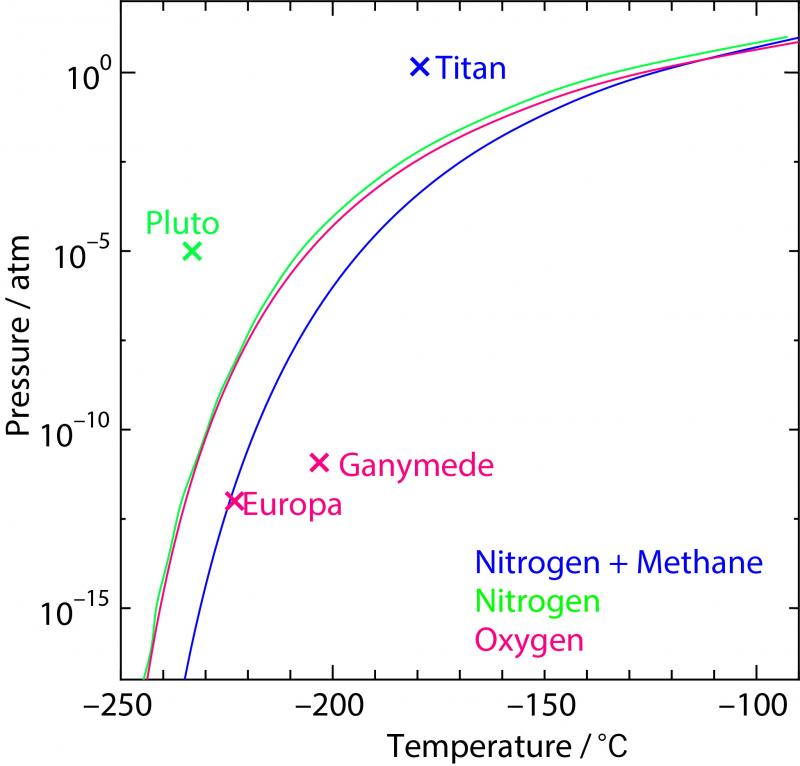
Astronomers using W. M. Keck Observatory on Maunakea in Hawaiʻi have discovered that aurorae at visible wavelengths appear on all 4 major moons of Jupiter: Io, Europa, Ganymede, and Callisto.
Using Keck Observatory’s High-Resolution Echelle Spectrometer (HIRES) as well as high-resolution spectrographs at the Large Binocular Telescope and Apache Point Observatory, a team led by Caltech and Boston University observed the moons in Jupiter’s shadow so that their faint aurorae, which are caused by the gas giant’s strong magnetic field, could be spotted without competition fr...
Read More






Recent Comments